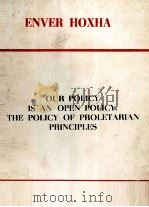《NONPROLIFERATION OF U.S.FOREIGN POLICY》
| 作者 | JOSEPH A.YAGER 编者 |
|---|---|
| 出版 | THE BROOKINGS INSTITUTION |
| 参考页数 | 438 |
| 出版时间 | 没有确切时间的资料 目录预览 |
| ISBN号 | 0815796749 — 求助条款 |
| PDF编号 | 811856158(仅供预览,未存储实际文件) |
| 求助格式 | 扫描PDF(若分多册发行,每次仅能受理1册) |
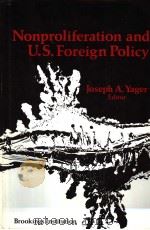
Introduction1
PART ONE: NORTHEAST ASIA5
1. The Region7
2. Japan9
Defense Problems and Policies10
The Civil Nuclear Energy Program15
The Space Program20
The Nuclear Ship Program24
Present Policies on Nuclear Questions25
Possible Future Policies on Nuclear Questions30
3. The Republic of Korea47
Civil Nuclear Energy47
Nuclear Weapons50
The Best of Both Worlds?64
4. Taiwan66
Civil Nuclear Energy66
Nuclear Weapons69
PART TWO: INDIA, PAKISTAN, AND IRAN85
5. Nuclear Energy: Policies and Plans85
Economic, Technological, and Developmental Incentives86
Present and Prospective Capabilities95
Official Policies on Proliferation105
6. Incentives for Nuclear Weapons116
India117
Pakistan124
Iran132
Domestic Determinants of Decision135
7. Nuclear Defense Options: Strategies, Costs, and Contingencies145
Deterrence Theory and New Frames of Reference145
Defense Alternatives and Opportunity Costs150
Prospective Nuclear Strategies159
PART THREE: THE MIDDLE EAST175
8. The Growing Nuclear "Overhang" in the Middle East177
9. Regional Instabilities182
The Arab-Israeli Conflict183
Relations among the Arabs191
Interactions with Peripheral Powers193
The Role of Other Outside Powers195
Internal Instabilities198
Implications of the Conventional Arms Rivalries200
10.Nuclear Potential and Possible Contingencies203
The Status of Announced Nuclear Plans206
The Economics of Nuclear Power in the Region209
Nuclear Desalting in the Middle East212
The Shortage of Trained People215
Prospects for an Arab Cooperative Nuclear Program217
Possible Third World Nuclear Suppliers220
NPT Status225
Objectives, Types, and Costs of Possible Nuclear Forces226
Nuclear-Relevant Delivery Capabilities231
Control of Arab Nuclear Forces232
Contingencies and Consequences234
PART FOUR: BRAZIL AND ARGENTINA239
11.Nuclear Choices for Friendly Rivals241
Nuclear Programs242
National Goals and Foreign Policy250
Energy Policy258
National Security Policy261
Nuclear Options for the Future270
Conclusions277
PART FIVE: SOUTH AFRICA281
12.A Diplomatic Bomb? South Africa's Nuclear Potential283
South African Nuclear Capabilities284
Strategic Incentives and Military Options290
Diplomatic Uses of the Nuclear Option296
The Test That Wasn't, the Test That May Have Been300
PART SIX: U.S. POLICY CHOICES307
13.Northeast Asia309
Japan309
The Republic of Korea313
The Republic of China314
The Near-Nuclear Problem318
Regional Problems320
The United States and Northeast Asia322
14.India, Pakistan, and Iran323
Controlling Access to Fissionable Material324
Controlling Fuel Supplies329
Diplomatic Solutions338
Offsetting Inducements345
Direct Involvement354
15.The Middle East366
Helping to Change the Rules on Access to Nuclear Explosives367
Helping to Promote Security in the Region372
Consideration of a Broader Strategy375
16.Brazil and Argentina: Strategies for American Diplomacy377
Policies of Denial385
Policies of Control386
U.S. Nuclear Cooperation390
U.S. Defense Policy391
Comparison with Other Near-Nuclear Countries395
17.Preventing the Development of South African Nuclear Weapons397
International Controls on South African Nuclear Activities398
Leverage through Nuclear Cooperation: Carrot, Stick, or Boomerang?401
Conclusions404
18.Influencing Incentives and Capabilities407
Measures to Reduce Incentives408
Measures to Limit Capabilities414
Problems of the 1980s and Beyond418
Index427
《NONPROLIFERATION OF U.S.FOREIGN POLICY》由于是年代较久的资料都绝版了,几乎不可能购买到实物。如果大家为了学习确实需要,可向博主求助其电子版PDF文件(由JOSEPH A.YAGER THE BROOKINGS INSTITUTION 出版的版本) 。对合法合规的求助,我会当即受理并将下载地址发送给你。
高度相关资料
-
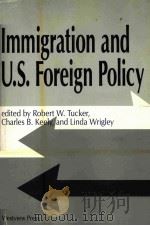
- IMMIGRATION AND U.S.FOREIGN POLICY
- 1990 WESTVIEW PRESS
-

- DEFENDING THE NATIONAL INTEREST:Raw materials Investments and U.S.Foreign Policy
- 1978年 PRINCETON UNIVERSITY PRESS
-
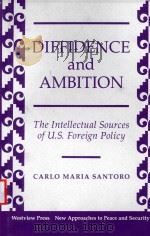
- DIFFIDENCE AND AMBITION THE INTELLECTUAL SOURCES OF U.S.FOREIGN POLICY
- 1992 WESTVIEW PRESS
-
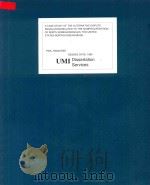
- A Case Study of the Alternative Dispute Resolution Related to the Nonproliferation of North Korean M
- 1999 UMI Dissertation Services
-

- PROBLEMS OF ECONOMIC POLICY
- 1977 GEORGE ALLEN & UNWIN
-
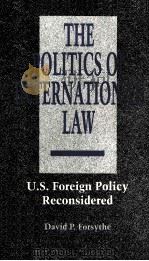
- THE POLITICS OF INTERNATIONAL LAW U.S.FOREIGN POLICY RECONSIDERED
- 1990 LYNNE RIENNER PUBLISHERS
-
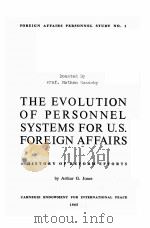
- THE EVOLUTION OF PERSONNEL SYSTEMS FOR U.S.FOREIGN AFFAIRS
- 1965 CARNEGIE ENDOWMENT FOR INTERNATIONAL PEACE
-

- PROBLEMS OF FOREIGN POLICY
- 1949 FOREIGN LANGUAGES PUBLISHING HOUSE
-
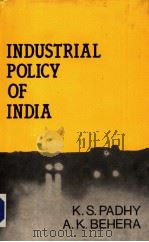
- INDUSTRIAL POLICY OF INDIA
- 1988 DISCOVERY PUBLISHING HOUSE DELHI
-
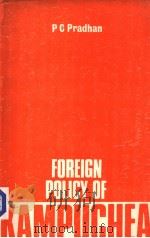
- FOREIGN POLICY OF KAMPUCHEA
- 1985 RADIANT PUBLISHERS
-
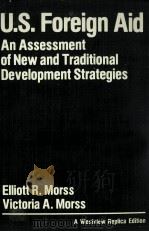
- U.S.FOREIGN AID
- 1982
-
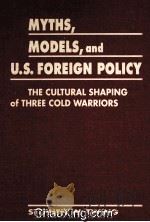
- MYIHS,MODELS & U.S.FOREIGN POLICY THE CULTURAL SHAPING OF THREE COLD WARRIORS
- 1998 LYNNE RIENNER PUBLISHERS,INC.
-
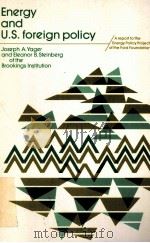
- ENERGY AND U.S.FOREIGN POLICY
- 1974 BALLINGER PUBLISHING COMPANY
提示:百度云已更名为百度网盘(百度盘),天翼云盘、微盘下载地址……暂未提供。➥ PDF文字可复制化或转WORD

